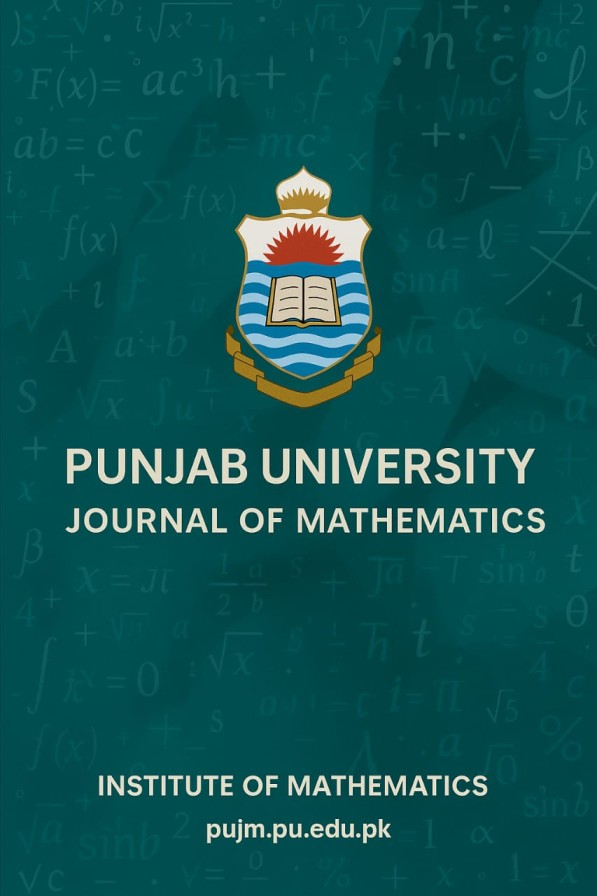SEMT Labelings and Deficiencies of Forests with Two Components (I)
Abstract
A set of nodes called vertices V accompanied with the lines that bridge these nodes called edges E compose an explicit figure termed as a graph G(V, E). |V (G)| = ν and |E(G)| = ε specify its order and size respectively. A (ν, ε)-graph G determines an edge-magic total (EMT) labeling when Γ : V (G) ∪ E(G) → {1, ν + ε} is bijective so as the weights at every edge are the same constant (say) c i.e., for x, y ∈ V (G); Γ(x) + Γ(xy) + Γ(y) = c, independent of the choice of any xy ∈ E(G), such a number is interpreted as a magic constant. If all vertices gain the smallest of the labels then an EMT labeling is called a super edge-magic total (SEMT) labeling. If a graph G allows at least one SEMT labeling then the smallest of the magic constants for all possible distinct SEMT labelings of G describes super edge-magic total (SEMT) strength, sm(G), of G. For any graph G, SEMT deficiency is the least number of isolated vertices which when uniting with G yields a SEMT graph. In this paper, we will find SEMT labeling and deficiency of forests consisting of two components, where one of the components for each forest is generalized comb Cbτ (`, `, . . . , ` | {z } τ−times ) and other component is a star, bistar, comb or path respectively, moreover, we will investigate SEMT strength of aforesaid generalized comb.
Downloads
Downloads
Published
Issue
Section
License
Copyright (c) 2019 Salma Kanwal, Zurdat Iftikhar and Aashfa Azam

This work is licensed under a Creative Commons Attribution-NonCommercial-NoDerivatives 4.0 International License.


